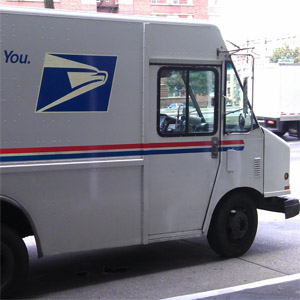
Rndballref
20 Years Experience
Chicago, IL
Male, 60
For twenty years I officiated high school, AAU and park district basketball games, retiring recently. For a few officiating is the focus of their occupation, while for most working as an umpire or basketball referee is an avocation. I started ref'ing to earn beer money during college, but it became a great way to stay connected to the best sports game in the universe. As a spinoff, I wrote a sports-thriller novel loosely based on my referee experiences titled, Advantage Disadvantage
A referee can order the scorer to change something in the book, if and only if the offical has direct knowledge that there is an error in the book. For example, if the ref knows a shot was called a 2 point shot but the scoreboard and book have it as a 3, the ref can get it changed. So in your question it depends on whether the coach brought something to official's attention that the ref knew without doubt was correct, he can change it. But if the ref got bullied by the coach into changing something the ref is not 100% positive then the ref should not work any games anymore.
There are 5 correctible errors in the rule book and failing to remove a player with 5 fouls is NOT one of them. The free throw stands and the ref has egg on his face for rushing and not making sure his partner was ready. But it is not correctible.
A player who establishes valid court position has the air rights vertically. In practice, if an offensive player clips his knee on the defenders chest, it normally will not be called.
You can buy the basketball rules books (rules, case book, officials manual) at the National Federation of High Schools website:
www.nfhs.com/c-195-basketball.aspx
You can look at the NBA rules at their website:
www.nba.com/analysis/rules_index.html
You can download NCAA rules at their website:
www.ncaa.org/championships/playing-rules?division=d1
Parcel Delivery Mailman
 Are you a lot stronger and more fit because of your job?
Are you a lot stronger and more fit because of your job?
Sr. Software Engineer
 Are those $12,000 "learn to program" bootcamps a rip-off?
Are those $12,000 "learn to program" bootcamps a rip-off?
Videogame Reviewer
 Pick one: Nintendo Ice Hockey, NHL ‘94, or Blades of Steel?
Pick one: Nintendo Ice Hockey, NHL ‘94, or Blades of Steel?
Time stops when an offical: signals a foul, held ball or violation, stops play for an injury or score inquiry, grants a time out, or responds to the scorer signal. SO, unless the referees stopped play with their whistle PLAY ON and the basket should count. That is why players are coached to stop on the whistle, not the buzzer.
If the officials did stop play when they heard the buzzer, it sounds like a foul should have been called. Either way, as you desribe it officiating mistakes were made.
This is an unusual play with the foul on defensive player A being called. Normally, a second foul could is ignored as long as it is unintentional because the first foul made the ball dead. If the offensive player is on the ground and fouled, then steps into a charge the charge would be ignored.
But here is an interesting twist. What if Offensive player B is an airborne shooter fouled in the act of shooting by defender A but plows into defender B before touching the floor. The ball is not dead when an airborne shooter is fouled until they hit the floor so technically this could be called a simultaneous foul and go to the possession arrow. In practice, most officials will call the foul on defender A and ignore the subsequent player control foul (charge).
In the NBA rulebook team possession ends when there is a legal field goal attempt OR the opponent gains possession. So until the defenders gain possession the 24 second clock keeps ticking.
-OR-
 Login with Facebook
Login with Facebook (max 20 characters - letters, numbers, and underscores only. Note that your username is private, and you have the option to choose an alias when asking questions or hosting a Q&A.)
(A valid e-mail address is required. Your e-mail will not be shared with anyone.)
(min 5 characters)
By checking this box, you acknowledge that you have read and agree to Jobstr.com’s Terms and Privacy Policy.
-OR-
 Register with Facebook
Register with Facebook(Don't worry: you'll be able to choose an alias when asking questions or hosting a Q&A.)